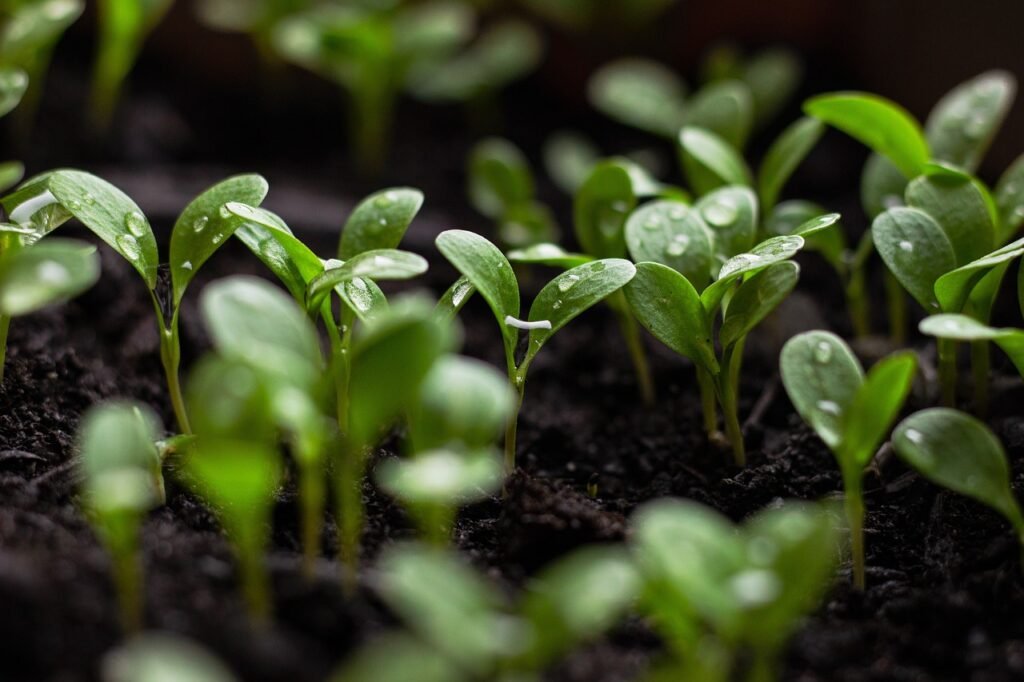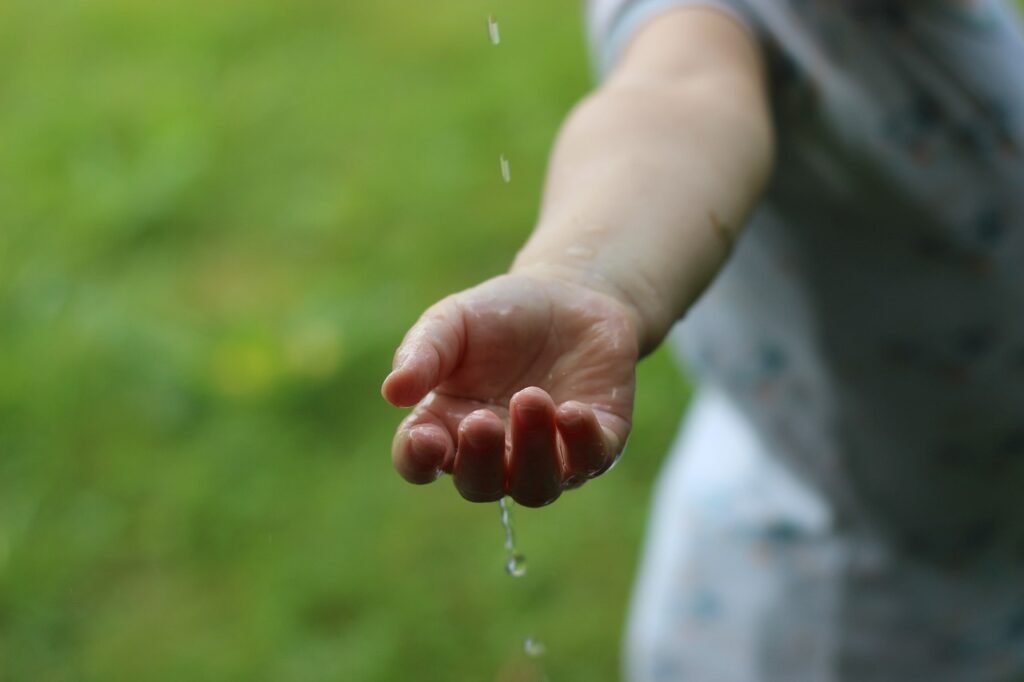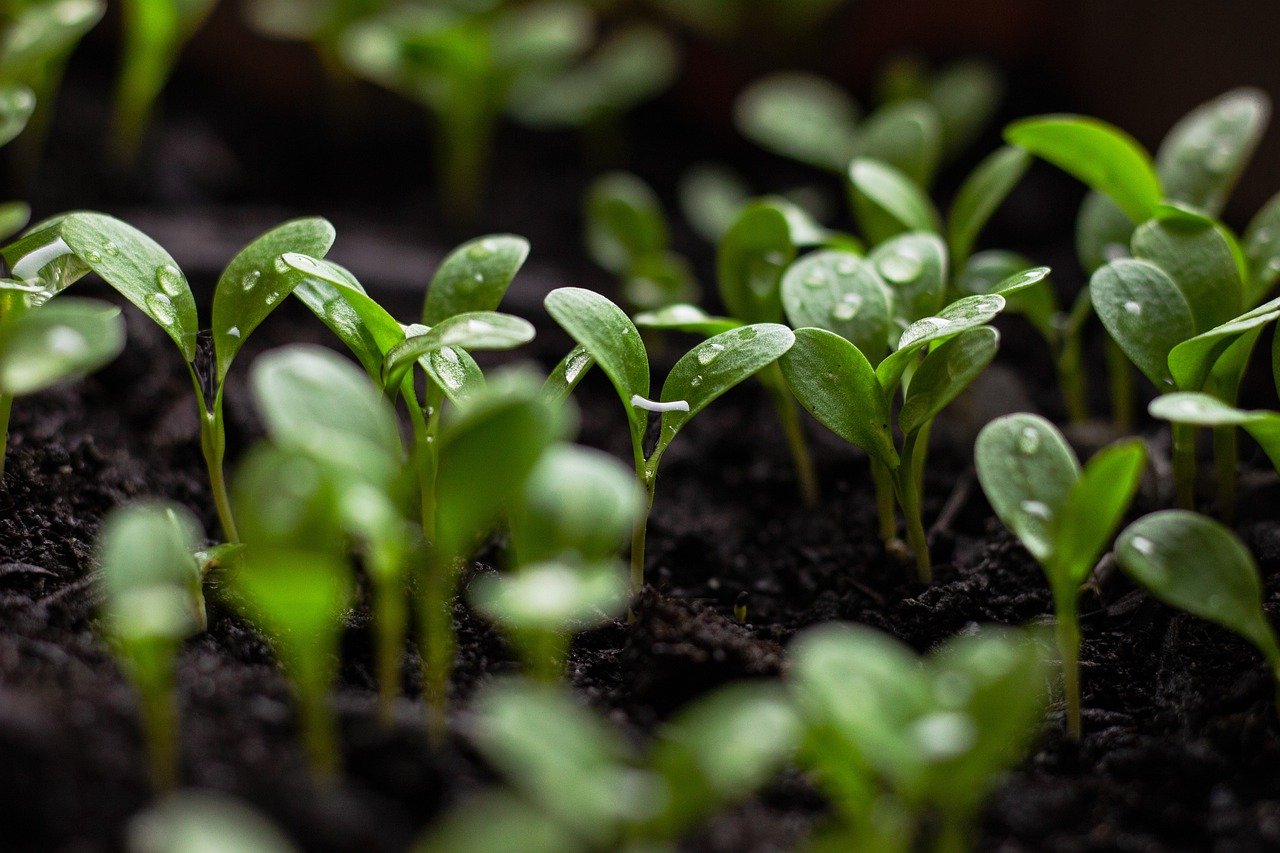Welcome to the world of eco-friendly crate production! In this article, we will explore how you can maximize sustainability in crate production by adopting green practices and utilizing environmentally friendly materials. From reducing waste to using renewable resources, there are numerous ways to make your crate production process more sustainable. Let’s dive in and discover how you can make a positive impact on the environment while still producing high quality crates. Have you ever wondered how you can make crate production more sustainable? Here, we will explore eco-friendly practices that can be implemented to maximize sustainability in crate production.
Maximizing Sustainability in Crate Production
When it comes to crate production, there are various ways you can ensure that your practices are eco-friendly and sustainable. By making small changes in your production process, you can minimize waste, reduce your carbon footprint, and contribute to a healthier planet. Let’s explore some of these practices in detail.
Using Recycled Materials
One of the most effective ways to maximize sustainability in crate production is to use recycled materials. By using materials that have already been processed and manufactured once, you can reduce the need for new raw materials, thereby conserving natural resources. Additionally, using recycled materials can help reduce waste that would otherwise end up in landfills.
Implementing Energy-Efficient Practices
Another way to make crate production more sustainable is to implement energy-efficient practices in your manufacturing process. This can include using energy-saving equipment, optimizing production schedules to minimize energy consumption, and investing in renewable energy sources such as solar or wind power. By reducing your energy consumption, you can lower your carbon footprint and lessen the environmental impact of your operations.

This image is property of pixabay.com.
Minimizing Water Usage
Water is a precious resource, and it is important to minimize its usage in crate production. Implementing water-saving measures, such as recycling and reusing water in your production process, can help conserve this essential resource. Additionally, investing in water-efficient equipment and technologies can further reduce your water usage and help protect the environment.
Choosing Sustainable Packaging
In addition to the crates themselves, it is important to consider the sustainability of the packaging used for shipping and storing the crates. Opting for eco-friendly packaging materials, such as biodegradable or recycled packaging, can help minimize waste and reduce the environmental impact of your products. Additionally, choosing packaging that is reusable or recyclable can further enhance the sustainability of your crate production process.

This image is property of pixabay.com.
Collaborating with Suppliers
Collaborating with suppliers who share your commitment to sustainability is key to maximizing sustainability in crate production. By working with suppliers who prioritize eco-friendly practices and materials, you can ensure that the entire supply chain is aligned with your sustainability goals. Additionally, collaborating with suppliers who are located closer to your production facilities can help reduce transportation emissions and minimize the carbon footprint of your operations.
Engaging with Stakeholders
Engaging with stakeholders, such as employees, customers, and the local community, is essential for maximizing sustainability in crate production. By raising awareness about the importance of sustainability and involving stakeholders in your sustainability efforts, you can create a culture of environmental responsibility within your organization. Additionally, listening to feedback from stakeholders can help identify new opportunities for improving sustainability in your crate production process.

This image is property of pixabay.com.
Monitoring and Measuring Performance
Monitoring and measuring the performance of your crate production process is crucial for identifying areas where sustainability can be improved. By tracking key performance indicators, such as waste generation, energy consumption, and water usage, you can pinpoint areas that need attention and implement targeted sustainability initiatives. Additionally, regularly reviewing and analyzing your sustainability metrics can help you track progress over time and make informed decisions about future sustainability goals.
Investing in Innovation
Investing in innovation can help drive sustainability in crate production by fostering the development of new technologies and practices that reduce environmental impact. By staying informed about the latest advancements in sustainable manufacturing and actively seeking out innovative solutions, you can stay ahead of the curve and lead the way in eco-friendly crate production. Additionally, collaborating with industry partners and participating in research and development efforts can help bring new ideas to fruition and further enhance the sustainability of your operations.
Promoting a Circular Economy
Promoting a circular economy is essential for maximizing sustainability in crate production. By designing products that are durable, repairable, and recyclable, you can ensure that resources are used efficiently and waste is minimized. Additionally, adopting a closed-loop approach to production, where materials are reused and recycled to create new products, can help create a more sustainable and resilient supply chain. By embracing the principles of a circular economy, you can create a more sustainable future for crate production and contribute to a healthier planet for future generations.
In conclusion, maximizing sustainability in crate production requires a holistic approach that encompasses all aspects of the production process. By implementing eco-friendly practices, collaborating with stakeholders, monitoring performance, investing in innovation, and promoting a circular economy, you can make a meaningful impact on the environment and create a more sustainable future for crate production. Remember, every small change you make can have a big impact, so be proactive and take steps to maximize sustainability in your crate production process today.
